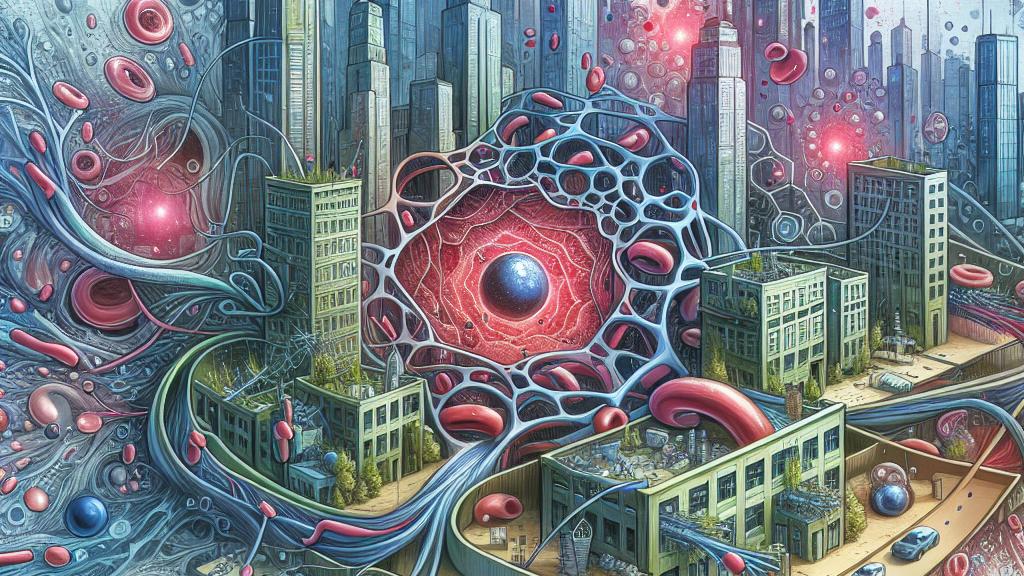Discoveries in Blood Vessel Formation: How Cells Work Together
Overview
- Exciting new research reveals intricate mechanisms behind blood vessel development.
- The protein Rasip1 is a key player in forming the essential hollow structures of blood vessels.
- Dynamic forces between cells are crucial for maintaining the stability and integrity of blood vessels.

The Fascinating Journey of Blood Vessel Formation
Imagine blood vessel formation as a captivating journey through a bustling city, where each cell acts like a team member working together to build a vital infrastructure. Researchers from the University of Basel, Switzerland, have uncovered thrilling insights into this intricate process using zebrafish embryos. These transparent little fish allow scientists to watch life in action, providing a window into the world of cellular cooperation. During the formation of blood vessels, it’s not just about lining up cells; there’s a spectacular interplay of proteins and mechanical forces at work. At the heart of this process is Rasip1, a protein that acts like a skilled architect. Rasip1 helps create lumens—think of them as the tubes carrying blood, similar to the pipes in a plumbing system—by guiding cell adhesion at junctions. This discovery has profound implications, as understanding how these structures are formed could lead to groundbreaking treatments for vascular diseases, including dangerous conditions like aneurysms.
The Dynamic Dance of Mechanical Forces
In another innovative study, the researchers explored the mechanical forces acting between cells, revealing yet another layer of this complex odyssey. Visualize tiny muscles, engaged in a delicate dance, pulling at the junctions of cells to keep blood vessels in their perfect shape. These mechanical forces, regulated by proteins such as Heg1 and Ccm1, function similarly to a finely-tuned orchestra where timing and precision are everything. A slight miscalibration in these forces, like a missed note in the performance, can lead to catastrophic results, compromising the entire structural framework of the vessel. Remarkably, the researchers found that rhythmic cellular contractions, akin to a well-choreographed routine, play a pivotal role in maintaining this stability. They even discovered that by fine-tuning these forces, it’s possible to repair faulty connections in blood vessels. The implications are staggering, as this knowledge not only enhances our understanding of vascular biology but also paves the way for innovative therapies designed to restore healthy blood flow. The future of cardiovascular health may depend on these crucial insights!

Loading...